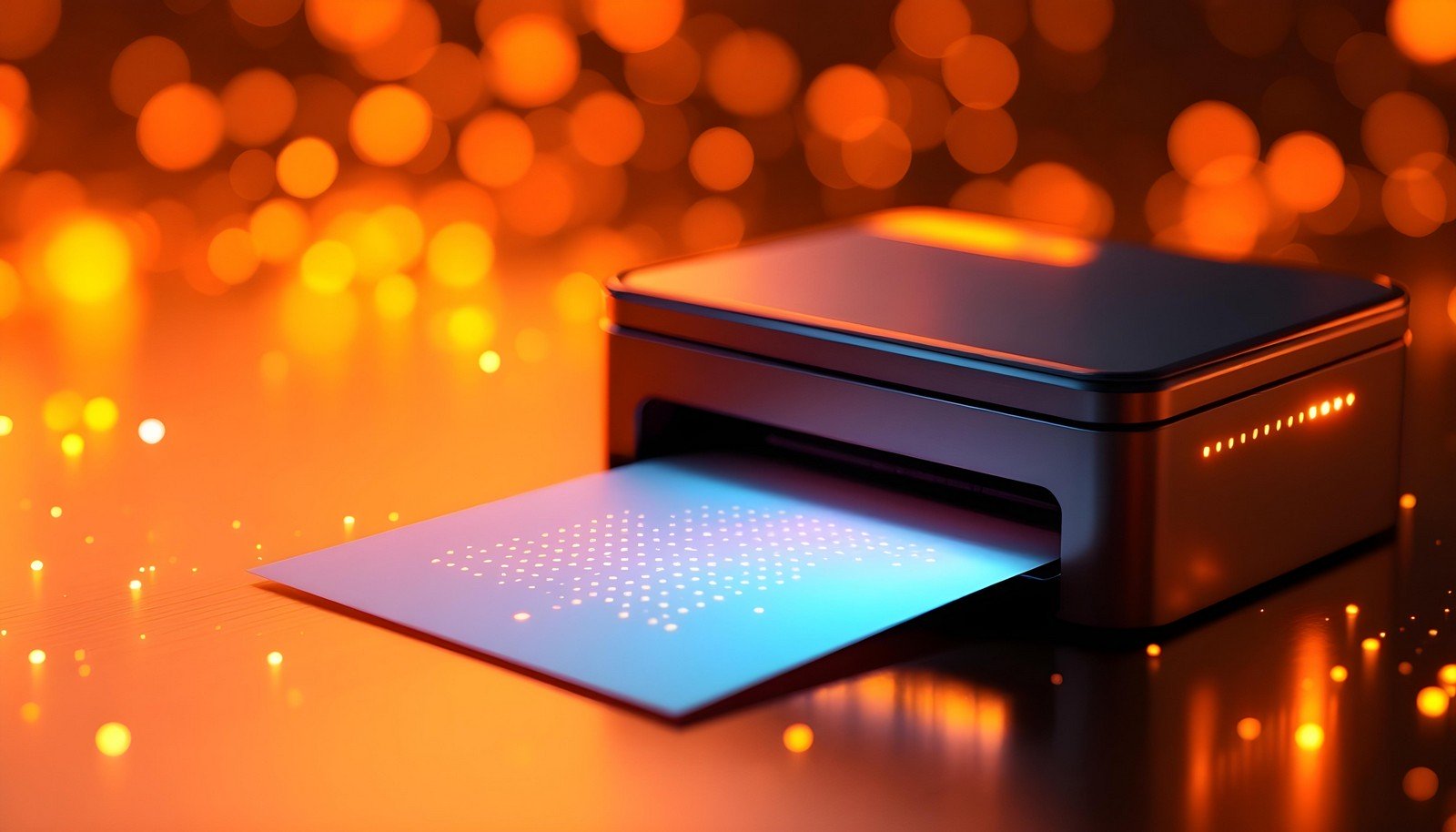Braille Printer

Quick Navigation:
- Braille Printer Definition
- Braille Printer Explained Easy
- Braille Printer Origin
- Braille Printer Etymology
- Braille Printer Usage Trends
- Braille Printer Usage
- Braille Printer Examples in Context
- Braille Printer FAQ
- Braille Printer Related Words
Braille Printer Definition
A Braille printer, also known as an embosser, is a device that translates text from a digital format into Braille, enabling visually impaired individuals to read tactile text. These printers emboss raised dots onto thick paper, using specific patterns to represent letters and symbols. Modern Braille printers often integrate with software to convert regular text into Braille, ensuring accessibility for educational, professional, and personal needs. Advanced models also support double-sided printing and high-speed operations for bulk production.
Braille Printer Explained Easy
Imagine you have a machine that helps people who can't see read books by feeling the words instead of looking at them. This machine prints bumpy dots on paper that spell out words in a special alphabet called Braille. People can run their fingers over these bumps to read the words.
Braille Printer Origin
The invention of the Braille printer is rooted in the need to make written material accessible to the visually impaired. With the development of computers in the 20th century, engineers began creating devices that could automatically convert digital text into Braille. Early models emerged in the 1970s, driven by innovations in accessibility technology.
Braille Printer Etymology
The term "Braille printer" combines "Braille," named after Louis Braille, who invented the tactile reading system in the 19th century, and "printer," referring to a machine that reproduces text or images on paper.
Braille Printer Usage Trends
Over the past decade, the use of Braille printers has increased due to growing awareness of disability rights and accessibility requirements. Educational institutions, libraries, and organizations serving the visually impaired frequently adopt these printers to ensure inclusivity. Emerging trends include portable Braille printers and integration with voice-activated technology.
Braille Printer Usage
- Formal/Technical Tagging:
- Assistive Technology
- Accessibility Tools
- Digital to Braille Conversion - Typical Collocations:
- "Braille printer output"
- "embossing Braille text"
- "tactile printing for accessibility"
- "high-speed Braille embosser"
Braille Printer Examples in Context
- Libraries often use Braille printers to produce accessible versions of popular books.
- A Braille printer can help create tactile diagrams for visually impaired students.
- Offices utilize Braille printers to generate accessible business cards or meeting agendas.
Braille Printer FAQ
- What is a Braille printer?
A device that prints tactile Braille text for the visually impaired. - How does a Braille printer work?
It embosses raised dots onto paper to represent Braille characters. - Who uses Braille printers?
Visually impaired individuals, schools, libraries, and organizations. - What materials do Braille printers use?
Heavy paper or Braille-specific sheets. - Can a regular printer be converted to print Braille?
No, Braille printers use specialized embossing technology. - Are Braille printers portable?
Some modern models are compact and portable. - How much does a Braille printer cost?
Prices vary, typically ranging from $2,000 to $10,000 depending on features. - Do Braille printers support graphics?
Advanced models can create tactile graphics alongside Braille text. - Is Braille printing software required?
Yes, software converts text into Braille before printing. - Can Braille printers print in multiple languages?
Yes, they support various Braille codes for different languages.
Braille Printer Related Words
- Categories/Topics:
- Assistive Technology
- Tactile Reading Systems
- Accessibility Devices
Did you know?
Louis Braille's system of raised dots revolutionized accessibility for the blind in 1824. Today, Braille printers extend his legacy, allowing quick, large-scale production of Braille materials, including books, signs, and music sheets.
PicDictionary.com is an online dictionary in pictures. If you have questions or suggestions, please reach out to us on WhatsApp or Twitter.Authors | Arjun Vishnu | @ArjunAndVishnu

I am Vishnu. I like AI, Linux, Single Board Computers, and Cloud Computing. I create the web & video content, and I also write for popular websites.
My younger brother, Arjun handles image & video editing. Together, we run a YouTube Channel that's focused on reviewing gadgets and explaining technology.



Comments powered by CComment